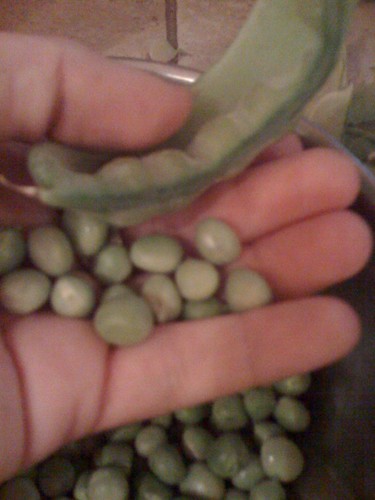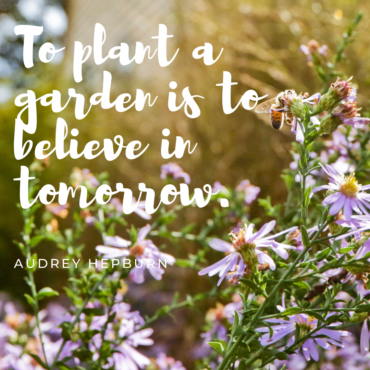How did it happen? The growing season is half way over and I have barely had a moment to reflect on it–to reflect on the jungle that has become my garden.
In the beginning there was so much waiting and faith and then suddenly, the first tendrils of the peas and the tips of mesclun leaves peaked through and then suddenly spring had sprung.
But spring is the craziest of times. A friend of mine says that May is the busiest month of the year, even busier than the holidays. I believe her.
After all my careful preparations, other than watering, (or rather saying quiet thank yous for the rainy spring) I barely paid attention to my garden as I raced about my life.
For one, I couldn’t tell the difference between tender seedlings and weeds.
For another, spring is perhaps the busiest time of year with children (or at least my child). End of school year performances, baseball games filled the after work hours. Despite my best intentions, my garden became an afterthought.
Mother’s Day weekend I put in some tomato plants and chilis and a couple of eggplants. Edamarie showed me how to dig them in so they would be stable, each plant requiring a slightly different–though not terribly complex technique. We pulled old cages out of her garage for support. We spent a couple of hours digging around together and I made a list of projects I wanted to complete (mostly having to do with taming the weeds in the alley that kept threatening my little bed), but work, family commitments, and the crush of spring schedules kept me away.
I was certain that my inattention would kill it.
But gardens grow.
In early June Edamarie called me to tell me that my peas were ready to harvest. My first sweet (if small harvest) of peas and lettuce proved to me that this was not a dream. It also proved to me that sometimes action has nothing to do with it. Despite the fact I had not been at my garden bed nightly (as I imagined I would back in February), plants grow. They grow without me doing anything other than planting them in good soil and praying for rain.
And sometimes, despite lots of loving care, they don’t.
When I was planting my seeds the crop I dreamed of were my chioggia beets. When my garden was just a canvass of mud, I lovingly measured the rows and laid them down seed by seed, covering my hands in stickiness. But not one seedling popped up. Not one. Was it a bird who stole my seeds? Did I misjudge seed depth? Its a mystery that I am not sure I will solve.
Its now July, and my garden is a jungle of lettuce that is still flourishing, (despite the crazy heat) chilis that are doing nothing (though all signs say this heat should have spurred them on!), tomatoes that are producing green fruit (which have me paying close attention, waiting for them to ripen and fill my fridge with red juicy goodness) and invasive nasty weeds (that speak to me of the need for constant vigilance–and the importance of that alley weed eradication project I had forgotten in the spring). The carrots are still small and scrawny, the onions may never produce but I have enough greens to feed us salads every night.
My garden is a metaphor of messiness and unpredicatability and mystery. It looks a little like my life, rough around the edges, full of lots of tasty goodness but not necessarily everything I hoped for.
Summer is settling down and long hot evenings are opening up, allowing me to make way to the bed and pull out those weeds, pick my first ripe tomatoes beat back the bugs and try to solve the mystery of the beets. In the slowness that is unfolding now, I have time to make sense of the glorious growth, to cull and attempt to understand.


This is what my garden looked like at the end of June, almost a month ago.
Meg Casey is an activist and blogger and mom in Silver Spring Maryland. With the loving support of Edamarie, she is making a go at being an urban farmer and blogging about the new experience here.
© Copyright Backyard Bounty - Backyard Bounty is a registered trademark of Edamarie Mattei LLC.
Website designed by Rana Labs. Photos (c) Regis Lefebure





